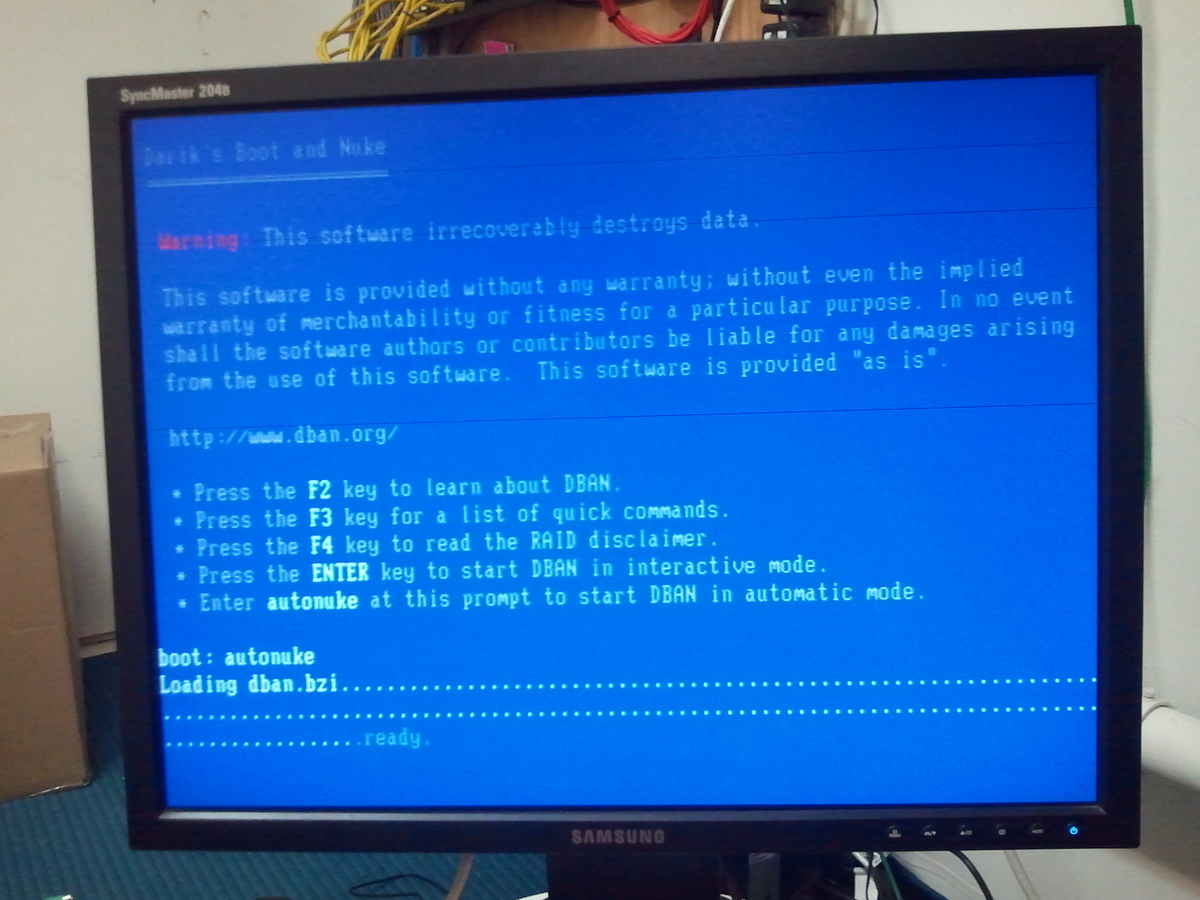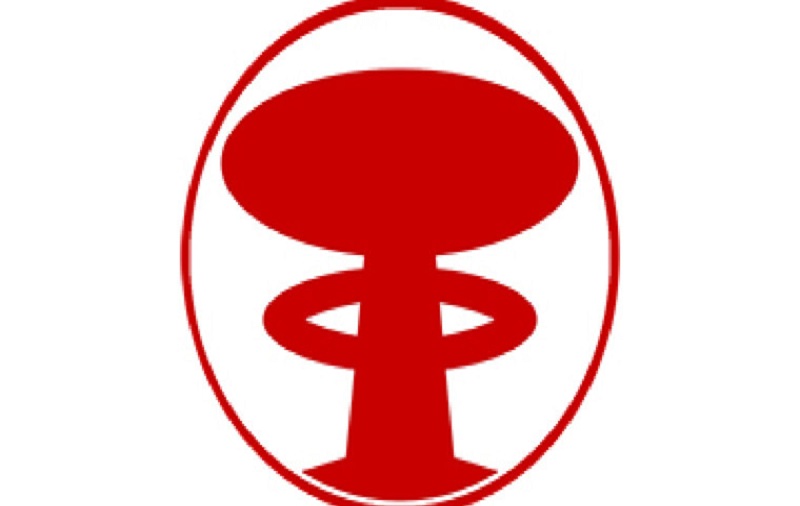

Therefore, independently of each other, different organizations have developed their own standards that guarantee the impossibility of recovery, not only existing methods, but also those that will appear in the future. Some researchers believe that there are, or may be, methods for extracting information from hard drives that use residual plate magnetization, which will allow data to be recovered even after each sector on the drive has been completely overwritten. If one overwrite is enough, why are there so many methods to clean up data? Using any cleanup method to delete data actually just comes down to writing other data on top of your previous ones – this happens both when you safely delete one file and when you clean up the entire hard drive or disk array.

The very simple Write Zero method does pretty much the same thing, albeit much slower. Most experts agree that the best way to safely erase is to overwrite the entire hard drive in a single pass. Overwriting one or more files or the entire hard drive just once with a single character (one or zero) should prevent data recovery from the hard drive by any file recovery software - this has been proven by research laboratories, which means most data cleaning methods are overkill. What is the best method of data cleaning? For example, a program might allow data to be overwritten with zeros during the first pass, ones in the second pass, and then random characters for eight more passes. Most data destruction programs also allow you to customize your own data cleaning method with any overwrite pattern and as many passes as you want.




 0 kommentar(er)
0 kommentar(er)
